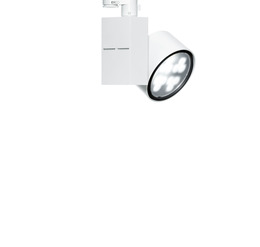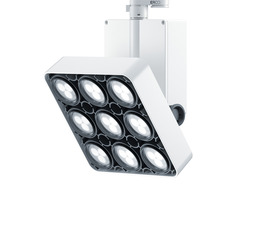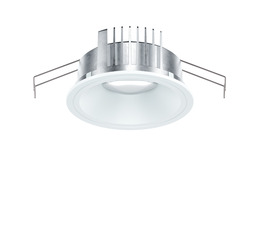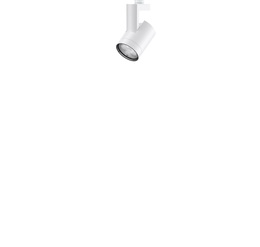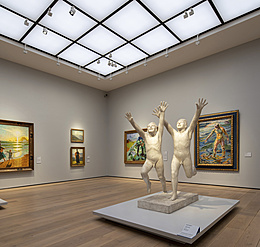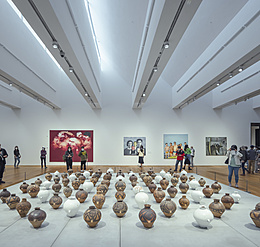Deutsches Museum is Europe's largest indoor museum for technology and natural sciences; with around one million visitors a year, it is also Germany’s most visited museum. The main building on Munich's Museum Island has been undergoing extensive renovation for several years. This also includes a new lighting concept that connects all areas. On some 20,000 square metres in the recently opened Phase 1, visitors can now explore 19 newly designed exhibition areas on a variety of topics. ERCO LED spotlights showcase the diverse and impressive exhibits within the varied architecture.
The stated goal of the museum, which opened in Munich in 1925, is to present scientific and technical knowledge to interested laypersons in an understandable and lively manner. It illustrates the historical development of science and technology and their significance for technical and societal advancement through selected examples. After almost a hundred years, Deutsches Museum was in urgent need of renovation; among other issues, fire protection, escape routes and air conditioning were outdated.
















